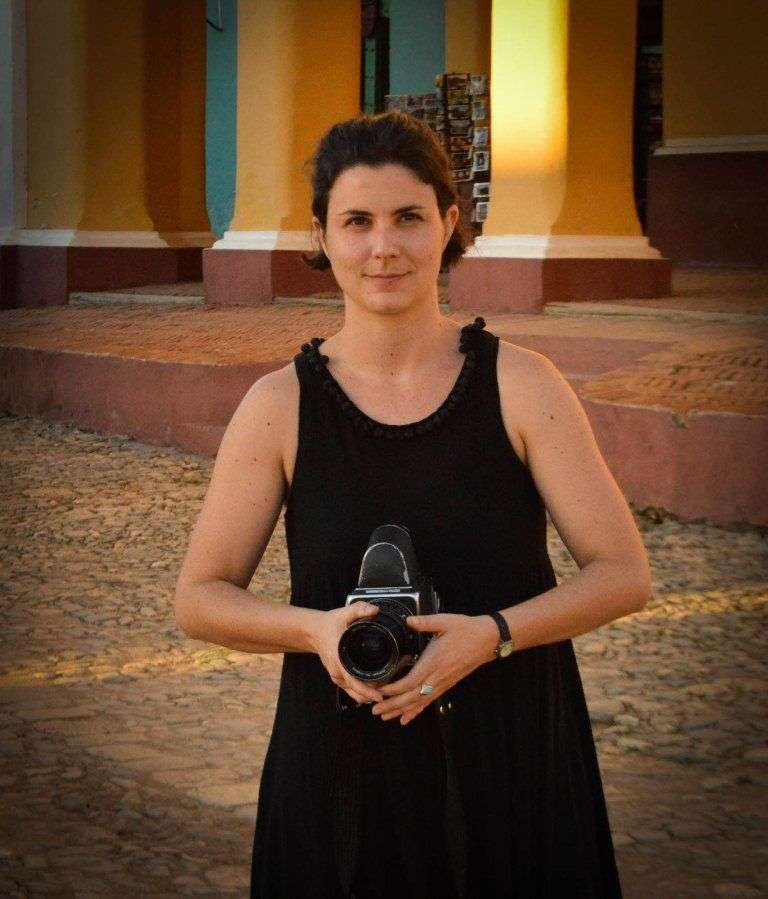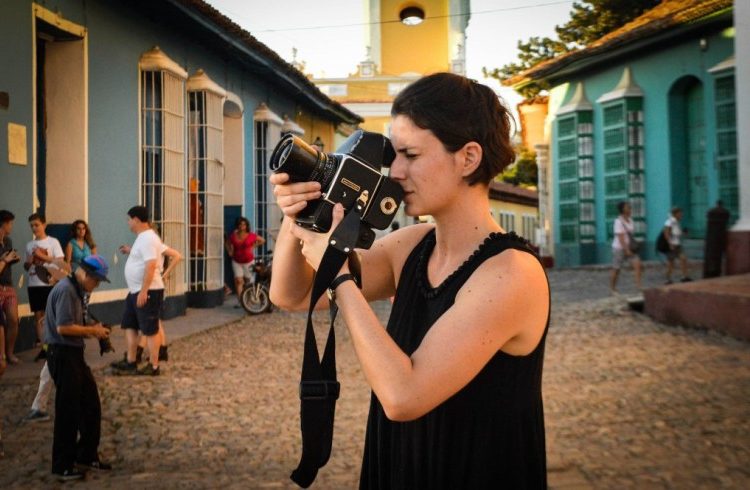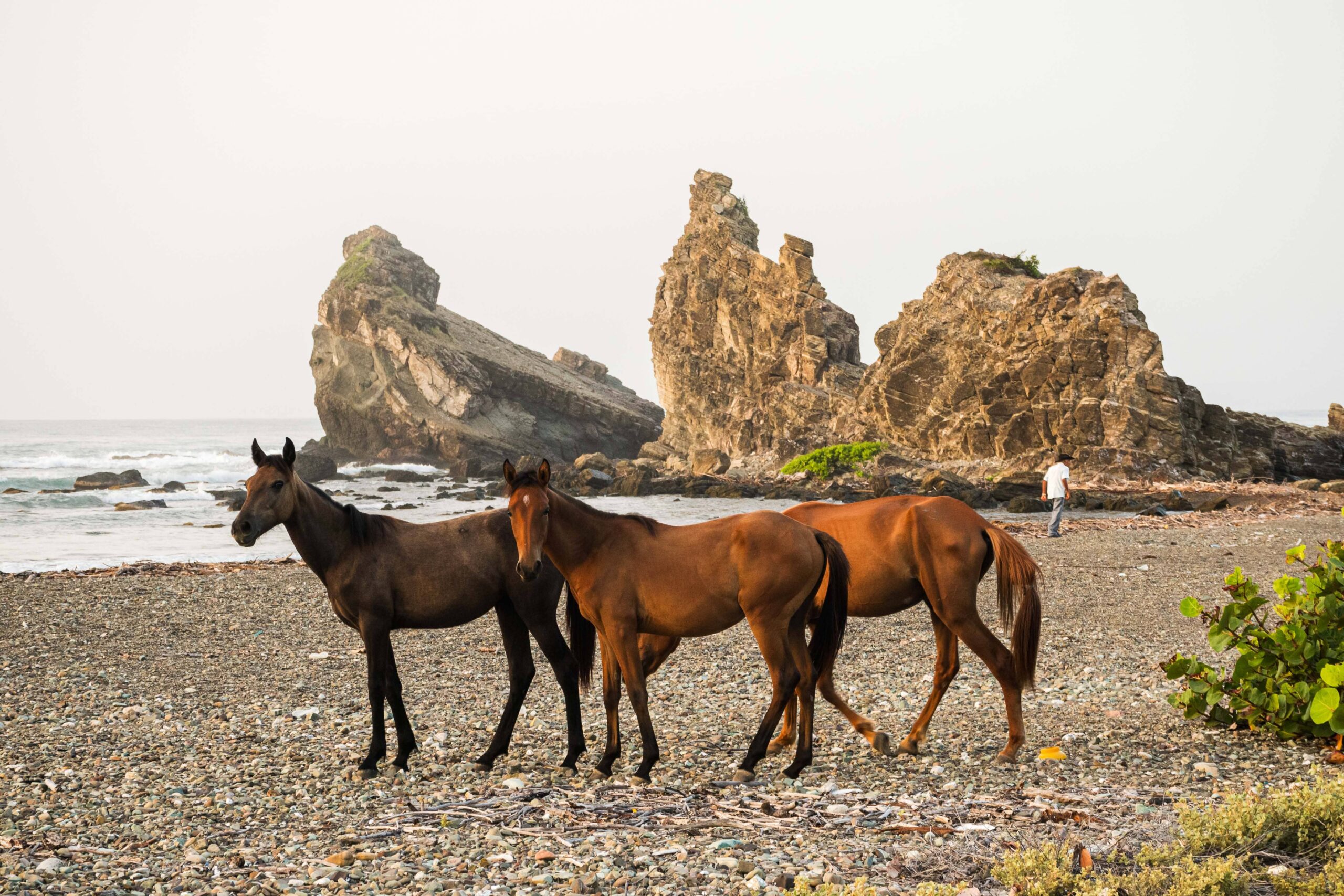From the moment she took out her camera, photographer Whitney Browne couldn’t keep a low profile for long in Trinidad, a city in central Cuba, where she had initially passed as just another tourist.
The camera is an analogue Hasselblad, medium format, the same model with which Neil Armstrong recorded man’s arrival at the Moon in the 1961 Apollo 11 space mission.
Browne is an artist who periodically publishes her work in, among other publications, The New York Times, The Huffington Post, The Wall Street Journal and Time Out Magazine.
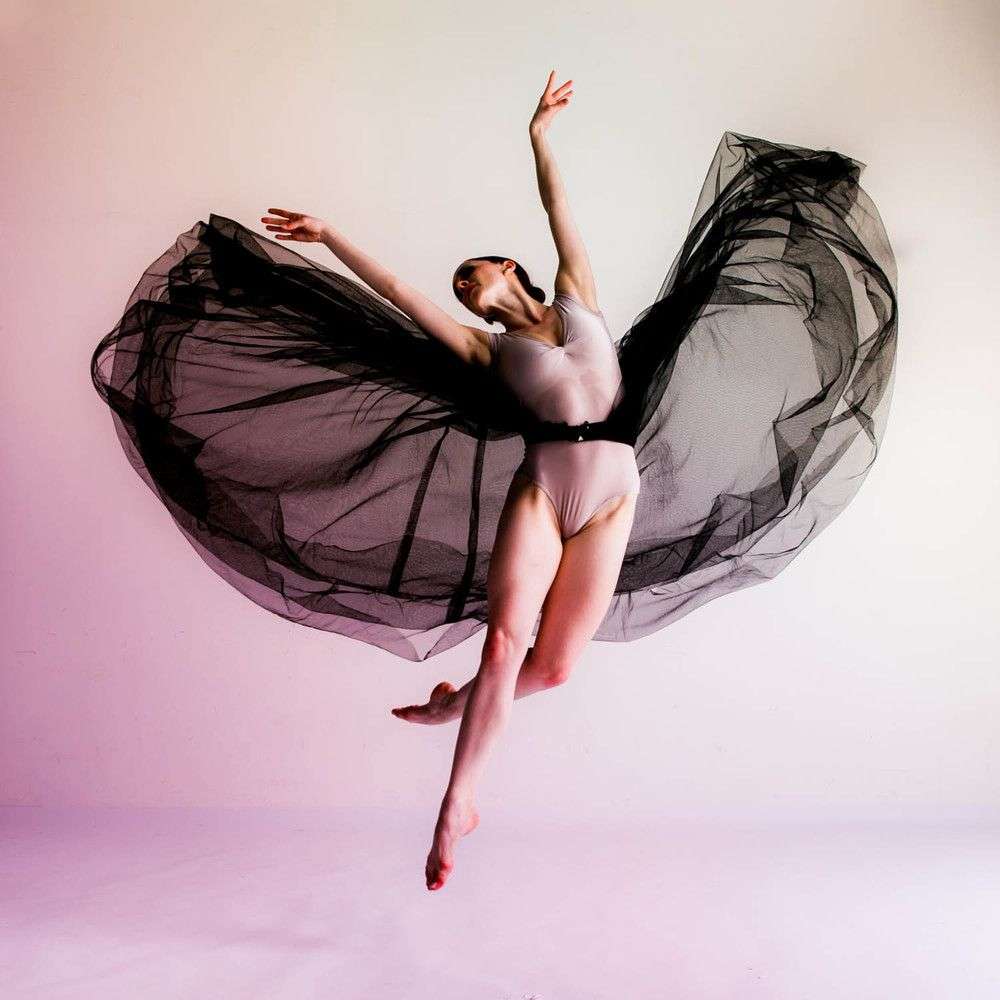
After covering Havana, the young photographer, who prefers film in the time of digitalization, lost herself in the Trinidad that does not appear in guide books for foreigners: in the alley Sal-si-puedes (“Leave-if-you-can”) in the neighbourhood of La Popa, in the arteries where people wearing Santero religious necklaces sit on the sidewalks to clean the rice they will cook for dinner, all the while discussing the human and the divine.
She walked around with nothing more than the aim of registering the daily life further afield from the tourist set-up of the “museum city.” The photographs would be included in an exhibition that she hopes to open next year in Cuba, if she secures the autorization of state institutions.
“For a long time I wanted to come to this country, especially after talks started between the United States and Cuba,” she told OnCuba while she took snapshots of Santa Ana street. “Things like this: people who live with their doors open. They aren’t scared to show you what they’ve got, even if it’s not very much. You don’t see that in Los Angeles, where I was born, or in New York.”
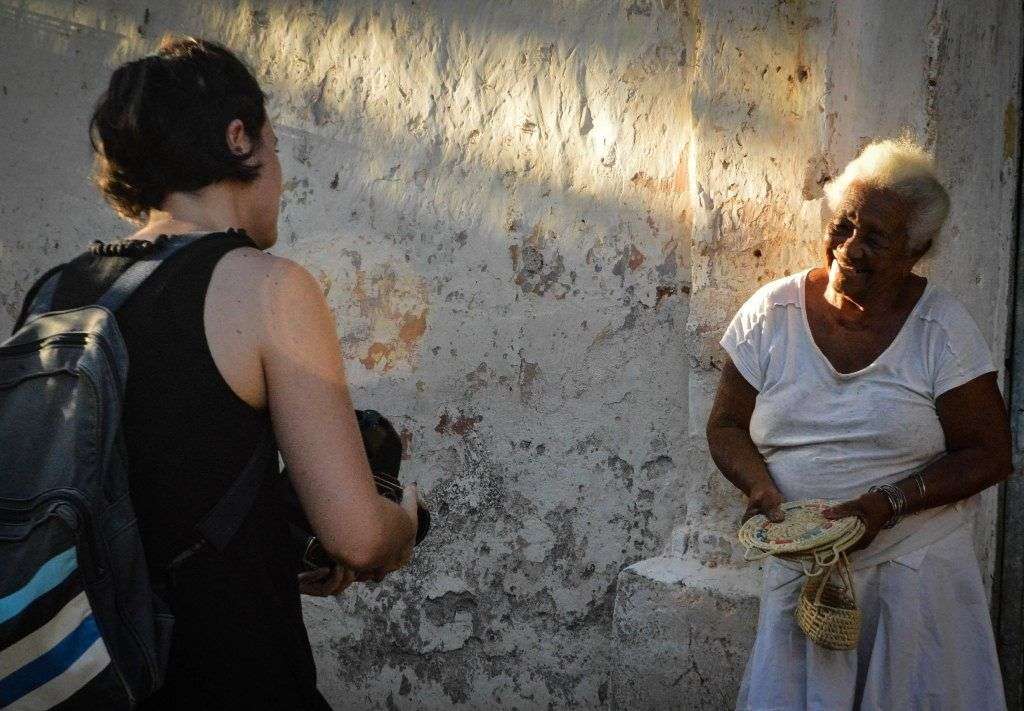
Browne came to La Contoja Alley and she found a man who was fixing his 1955 Chevrolet Bel Air. She traded a photo for a kiss.
“You and I are alike, that’s my philosophy,” she told him. “I’m not trying to expose you or sell your image, just to photograph you with your dignity. I find subcultures very interesting. Right now I have a project with the garbage collectors of New York. I ride in the truck with them and I take pictures of their work because without their work the Big Apple would be perhaps one of the dirtiest cities in the world. That’s what I am looking for in Cuba: the dignity of life behind the façade.”
She skipped the guide books and other promotional pamphlets when she drew up her route and preferred to stay in a lodging house.

Even though her career spans more than a decade, even though her CV boasts contracts with Google and a degree in Anthropology and Photography of the Fine Arts in the University of Hunter, she still sees herself as the timid little girl that only feels powerful when she is behind the camera. Perhaps because of this she decided to mount her first personal exhibition after eight years of work.
“The funny thing is that the images weren’t of dancers, actors, directors or producers who I have photographed in my studio, but the ones I took in Ray’s Candy Shop, one of the oldest shops in Manhattan, set in East Village, that belongs to an 80 year old man. One day I started to suffer from insomnia and I arrived at this place and I was interested in the range of people that stopped by, their expressions… I started to work from midnight to 5 a.m., and still do, nearly always for free because I am into social activism. From there my first exhibition was born: At Ray’s. Connection is why we are here, shown last October”.
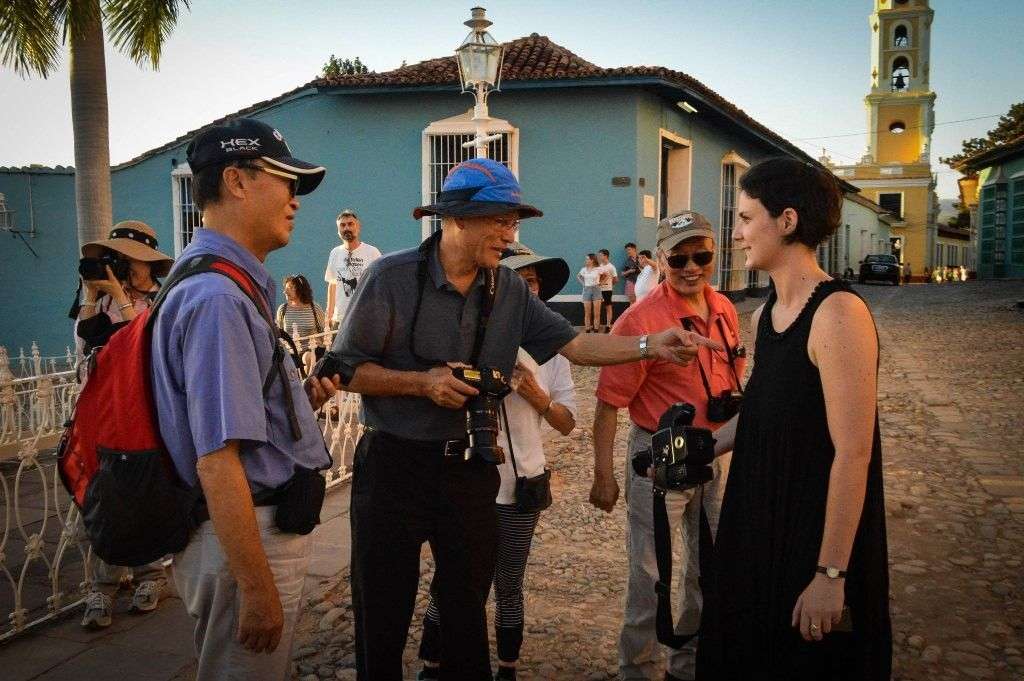
“What have you found in Cuban faces?” OnCuba asked.
“Stories, so many stories are told in a look. They say that Cuba is changing and I wanted to see it with my own eyes, but it seems to me that the places I go to have never lived in a different way. Maybe the changes are in different areas or places, or at least it seems that way to me.
“I like to take pictures of children and older individuals. The former because they begin life and the second, because they’ve lived.
“I had it clear since I planned the trip: I didn’t come to drink mojitos and dance salsa all night, but to discover my own Cuba.
“I hope that the people who have so graciously opened their doors and allowed me to take a photo can see themselves represented in their own city. I’m already making inquiries about it, but it doesn’t just depend on me”.
